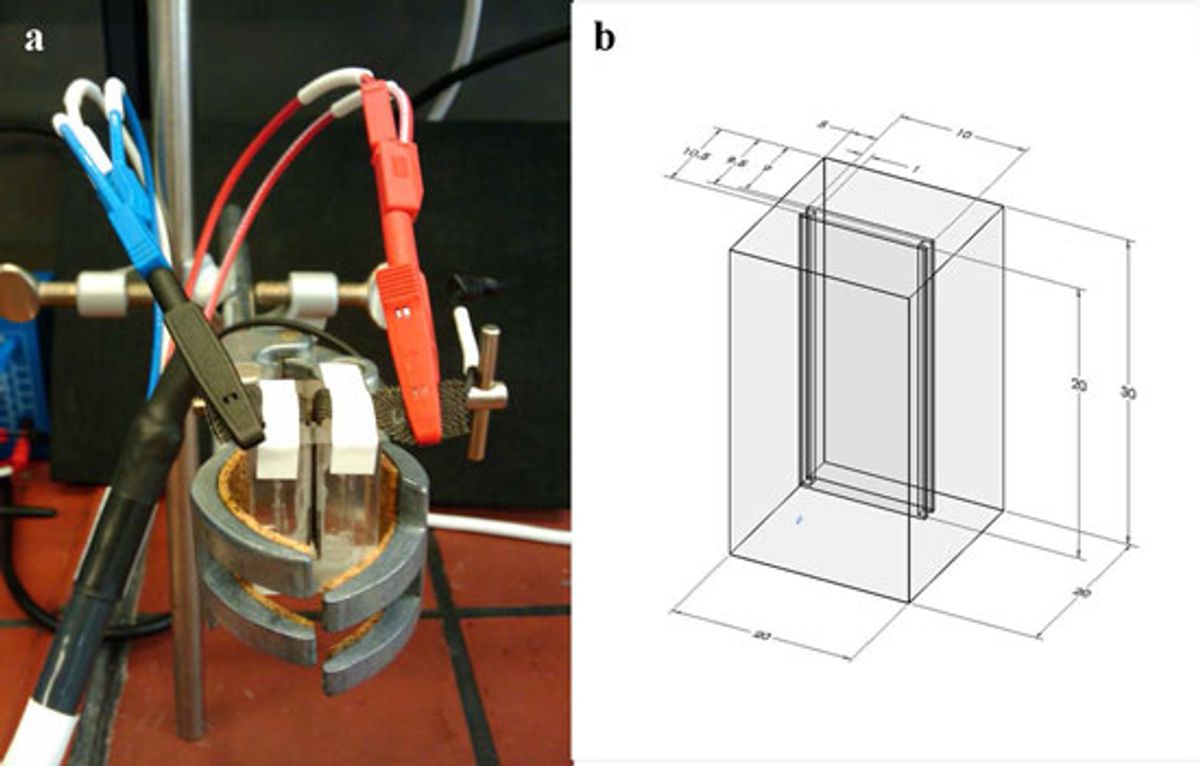Many places in the world face a shortage of drinkable water, and the situation is getting worse rather than better.
When there's not enough naturally occurring fresh water, various desalination processes become attractive technological solutions. The most recent estimate of desalination prodution that I’ve seen—dating back to 2007—was about 30 billion liters a day.
That number sounds significant, but most of the production is limited to the oil-producing countries of the Persian Gulf that can afford the huge energy costs of running the multi-stage flash (MSF) process. It generally costs $0.5 to $0.85 per cubic meter of water, with 70% of that cost from energy consumption.
Outside of the Middle East, reverse osmosis (RO) is the most common technique. Even though it is more energy efficient, it still burns up huge amounts of energy. Striking a balance between the needs for freshwater and lower energy consumption remains a struggle. The National Research Council in its Desalination and Water Purification Technology Roadmap (PDF) has set a goal of reducing the cost of desalination by 50-80% in 2020.
Research on nanomaterials has led to several promising ideas for improving desalination. For example, one research group used nanoscale magnetic particles, originally intended for a new memory device, to enable a forward osmosis process that is more energy efficient. Another has used carbon nanotubes to filter out harmful ions from water.
Now, German researchers, led by Fabio La Mantia at Center for Electrochemical Sciences at Ruhr-Universität Bochum, have developed what they call a “desalination battery.” (The work was published in the January 23, 2012 online edition Nano Letters “A Desalination Battery”)
"By using electric energy, the device is able to capture the salt from a sea water stream, and release it in another sea water stream,” La Mantia explained to Nanowerk. “Our technology is, in this very early stage, very near in efficiency of reverse osmosis, one of the most efficient techniques available today."
This work builds on the work done with Yi Cui and his team at Stanford last year in developing manganese-dioxide nanorod that makes up an electrode for a battery that exploits the difference in salinity between freshwater and saltwater.
The new research runs the Stanford team's process in reverse. Instead of generating electricity from the difference in salinity, the desalination battery introduces electrical energy to extract sodium and chloride ions from seawater. The result? Desalination.
"In the first step, the fully charged electrodes, which do not contain mobile sodium or chloride ions when charged, are immersed in seawater,” explains La Mantia to Nanowerk. “A constant current is then applied in order to remove the ions from the solution. In the second step, the fresh water solution in the cell is extracted and then replaced with additional seawater. The electrodes are then recharged in this solution, releasing ions and creating brine. In the final, fourth step, the brine solution is replaced with new seawater, and the desalination battery is ready for the next cycle."
The attractive feature of the desalination battery is that it can run on low voltages, which means that a solar power source could run the battery. Perhaps it will some day be powered by nanotech-enabled photovoltaics.
via Nanowerk
Dexter Johnson is a contributing editor at IEEE Spectrum, with a focus on nanotechnology.




